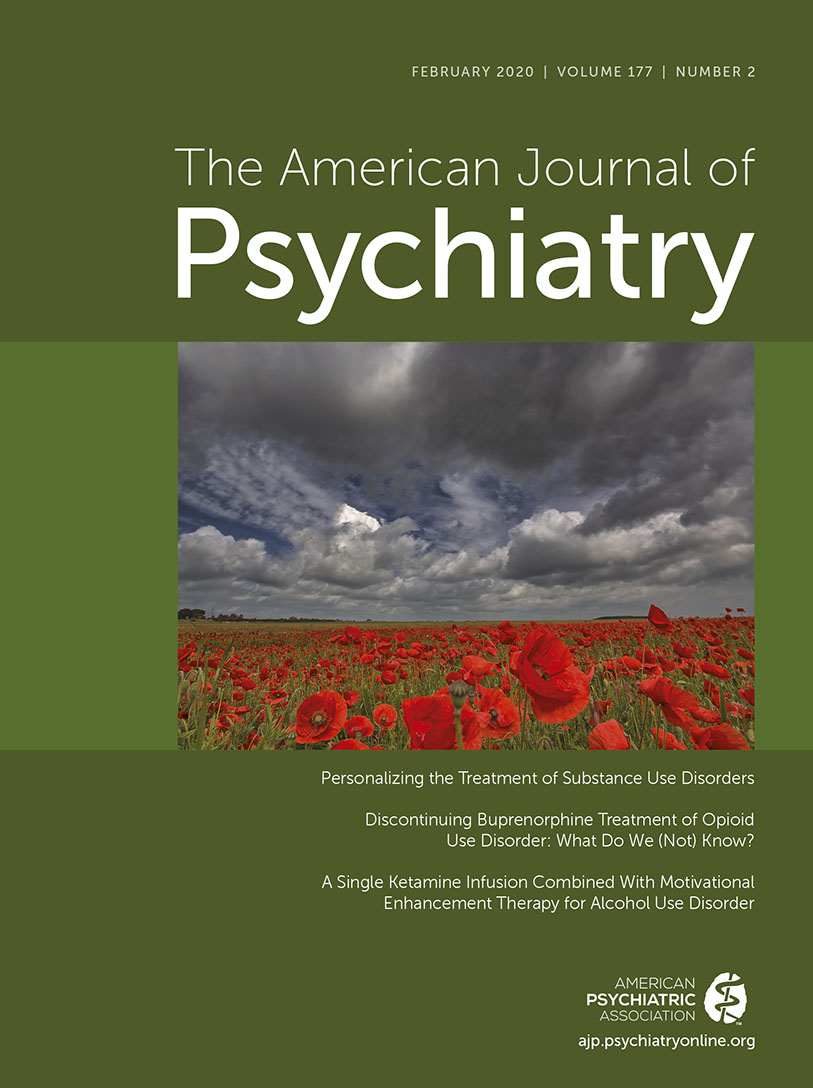Characterizing Covariant Trajectories of Individuals at Clinical High Risk for Psychosis Across Symptomatic and Functional Domains
Abstract
Objective:
The authors sought to characterize differences in outcomes among help-seeking individuals at clinical high risk for psychosis by identifying covariant longitudinal patterns of symptoms and functioning.
Methods:
Group-based multitrajectory modeling was applied to longitudinal ratings of four symptom domains (positive, negative, disorganized, general) and general functioning among clinical high-risk individuals in an initial discovery sample (N=422). An independent sample (N=133) was used to test replicability.
Results:
Three trajectory groups were identified among clinical high-risk individuals in the discovery sample: group 1 (30%) exhibited substantial improvement across all domains, with half reaching positive outcomes for both functioning and positive symptoms; group 2 (49%) exhibited moderate impairments across domains, with approximately one-quarter meeting criteria for positive outcomes; the remaining participants (group 3; 22%) exhibited consistent levels of severe impairment across domains and did not experience positive outcomes. These trajectory groups and remission patterns were replicated in an independent sample.
Conclusions:
Replicable subgroups of help-seeking clinical high-risk cases can be ascertained based on distinctive profiles of change over time in symptoms and functioning. Within each of the three identified subgroups, similar patterns of change (i.e., rapid, moderate, or no improvement) were observed across the four symptom domains and functioning. This consistency of change over time across domains within each subgroup is a novel observation supporting the syndrome consistency of clinical high-risk symptoms and signs. The observed trajectory subgroups are suggestive of different degrees of need for clinical interventions, ranging from minimal or supportive for about one-third of cases to increasingly intensive among the remainder.



